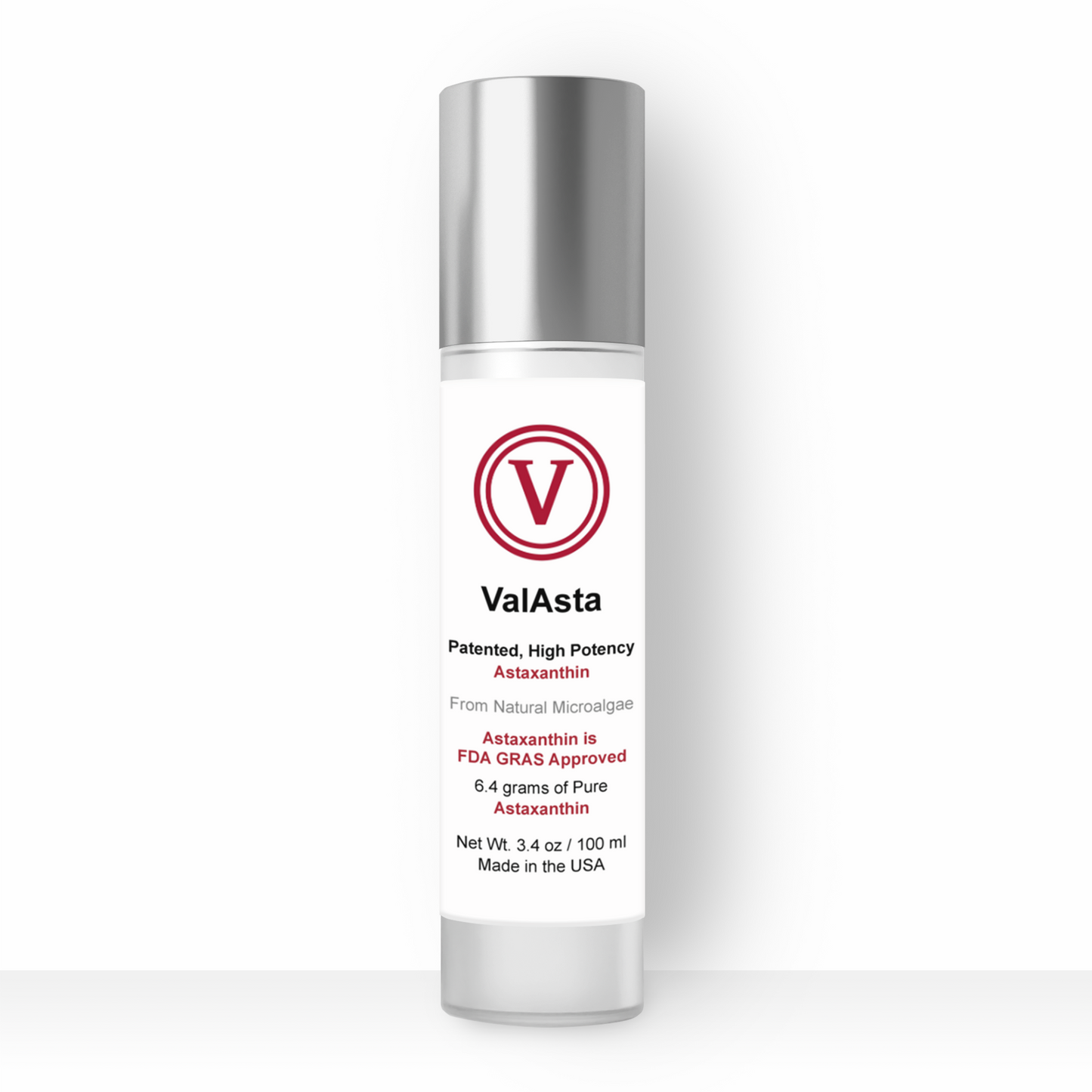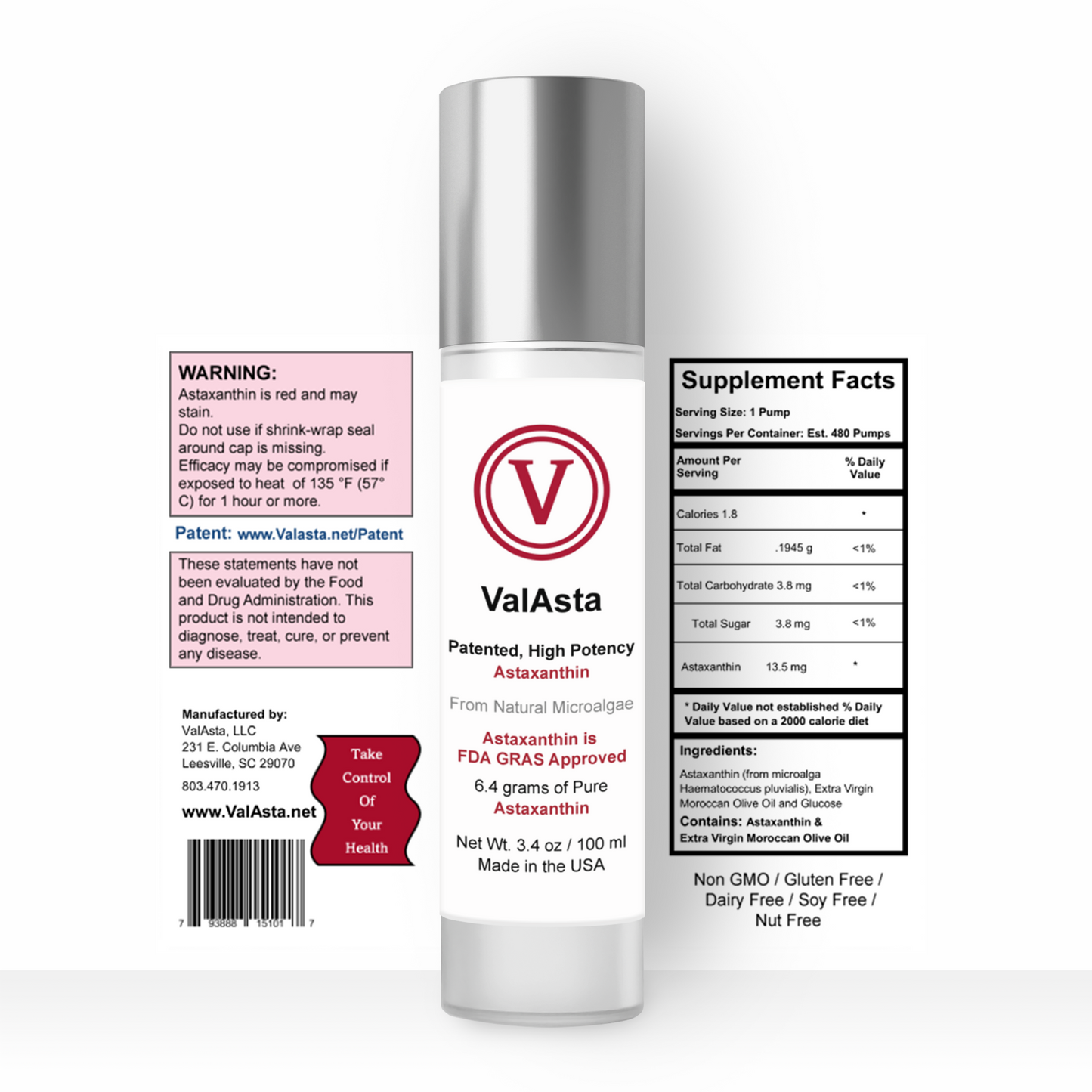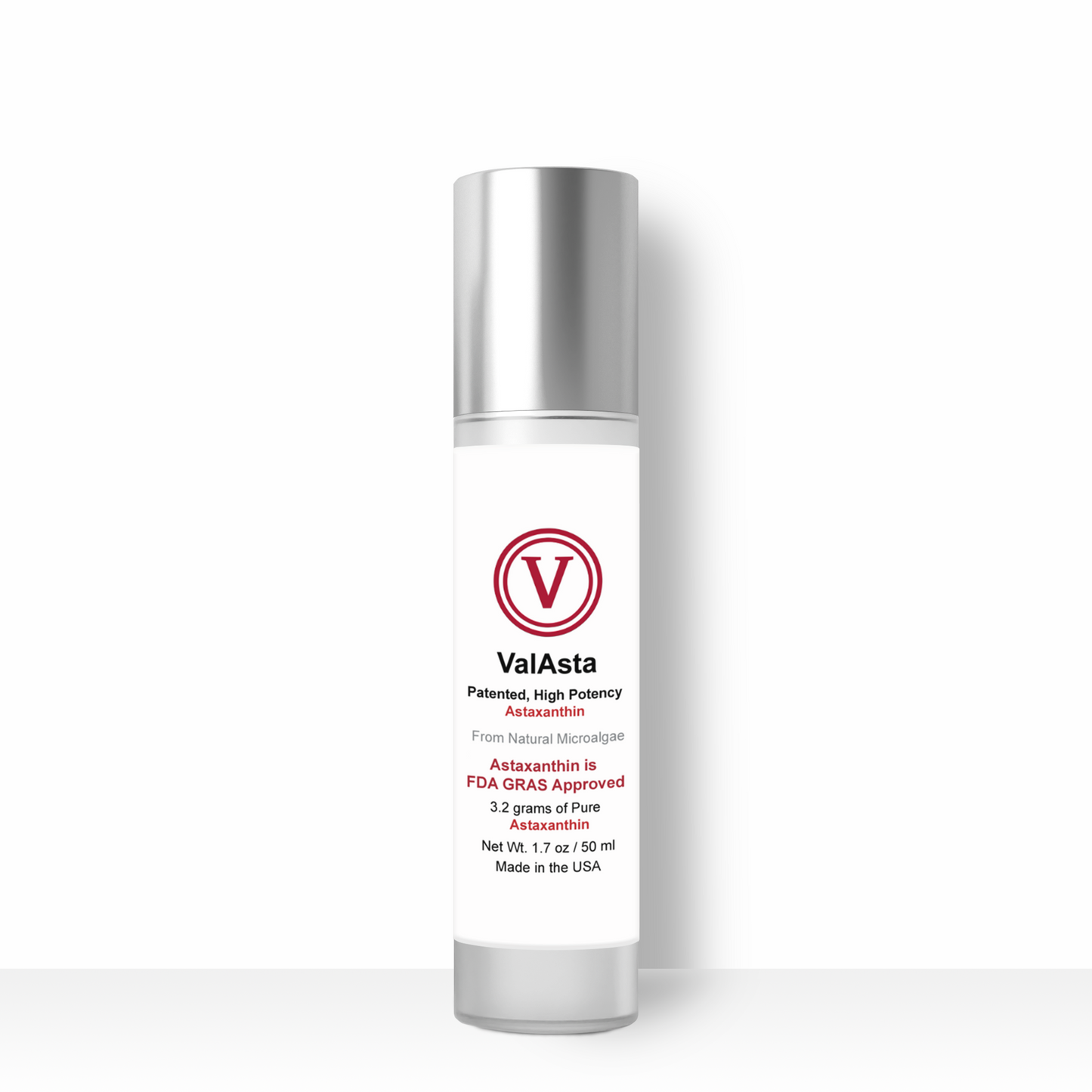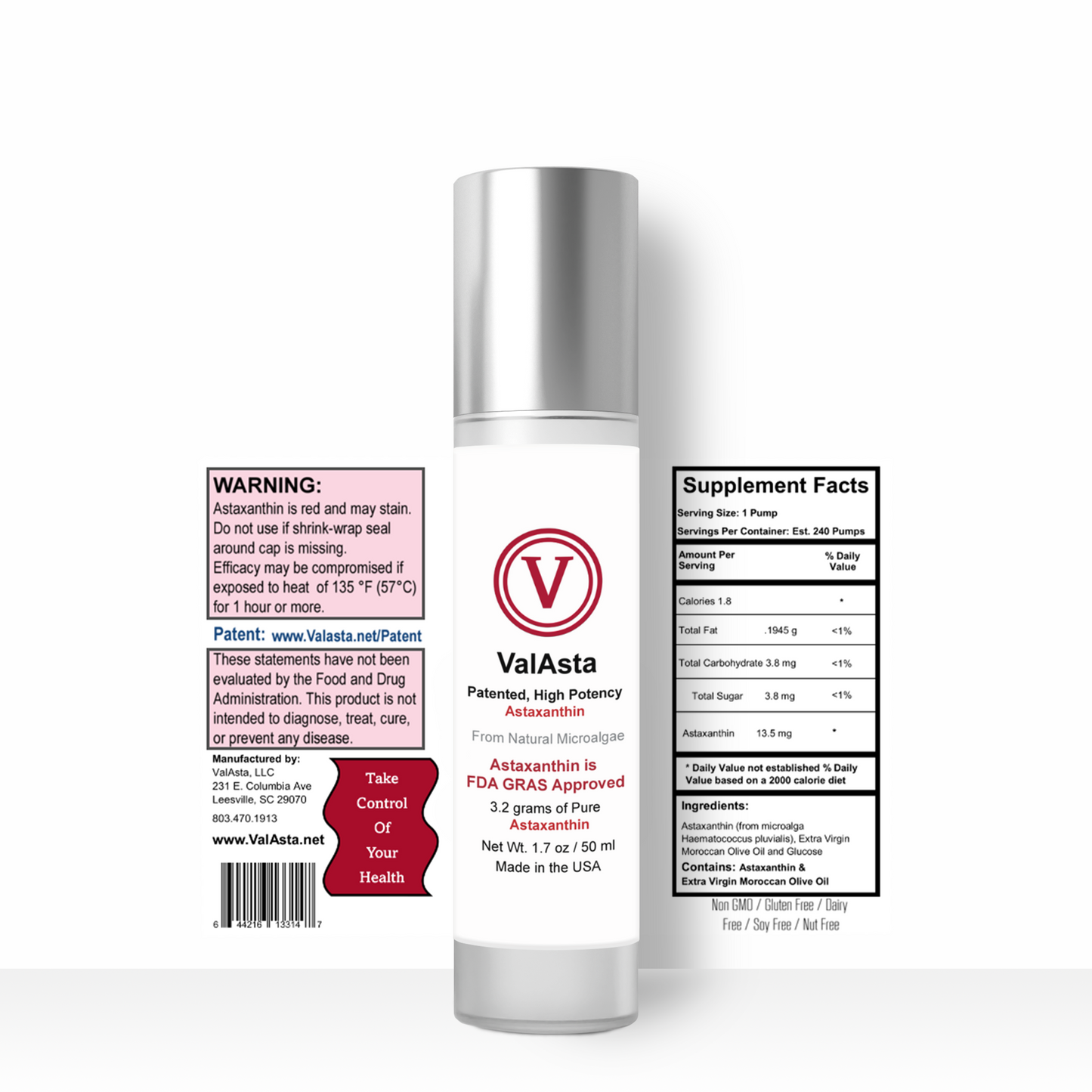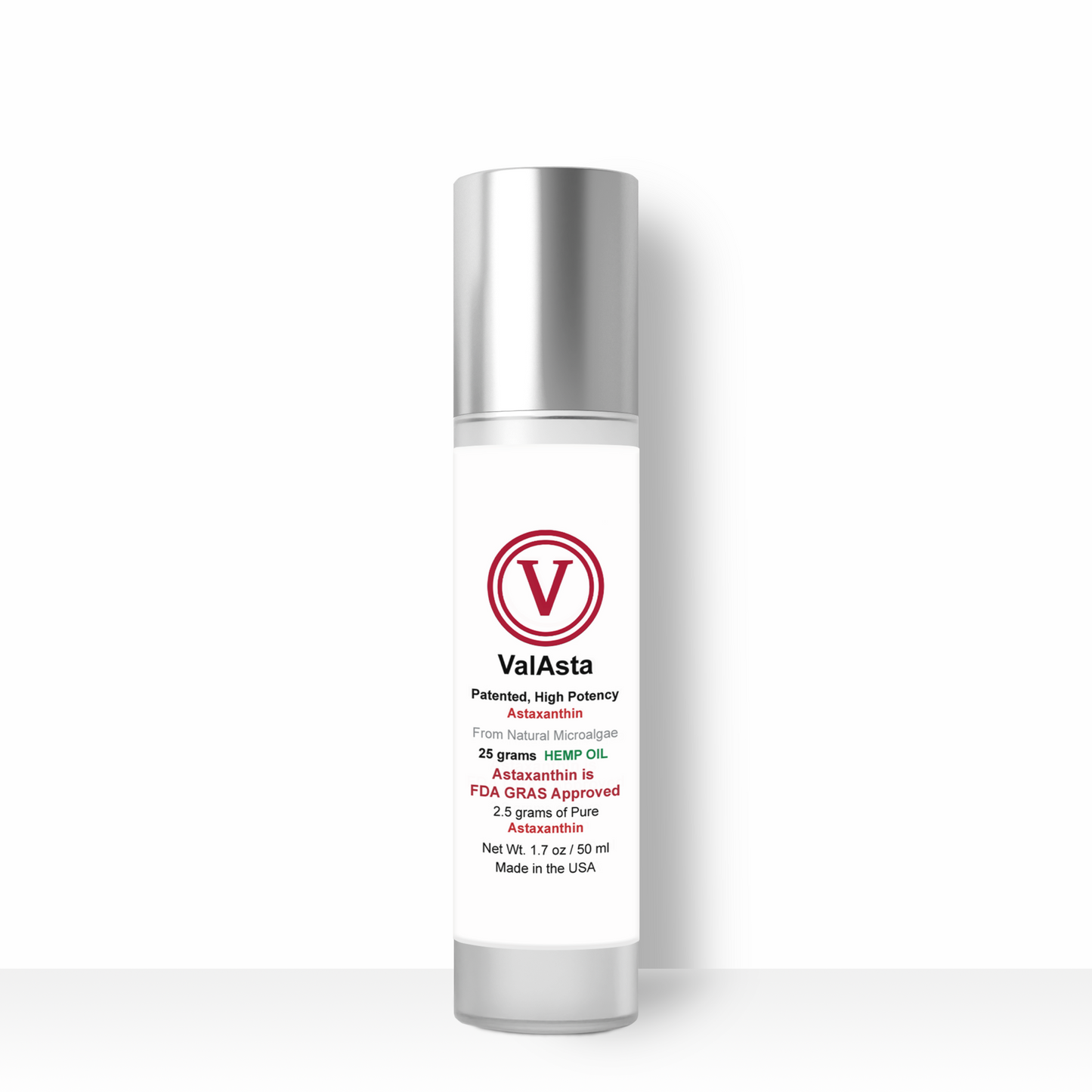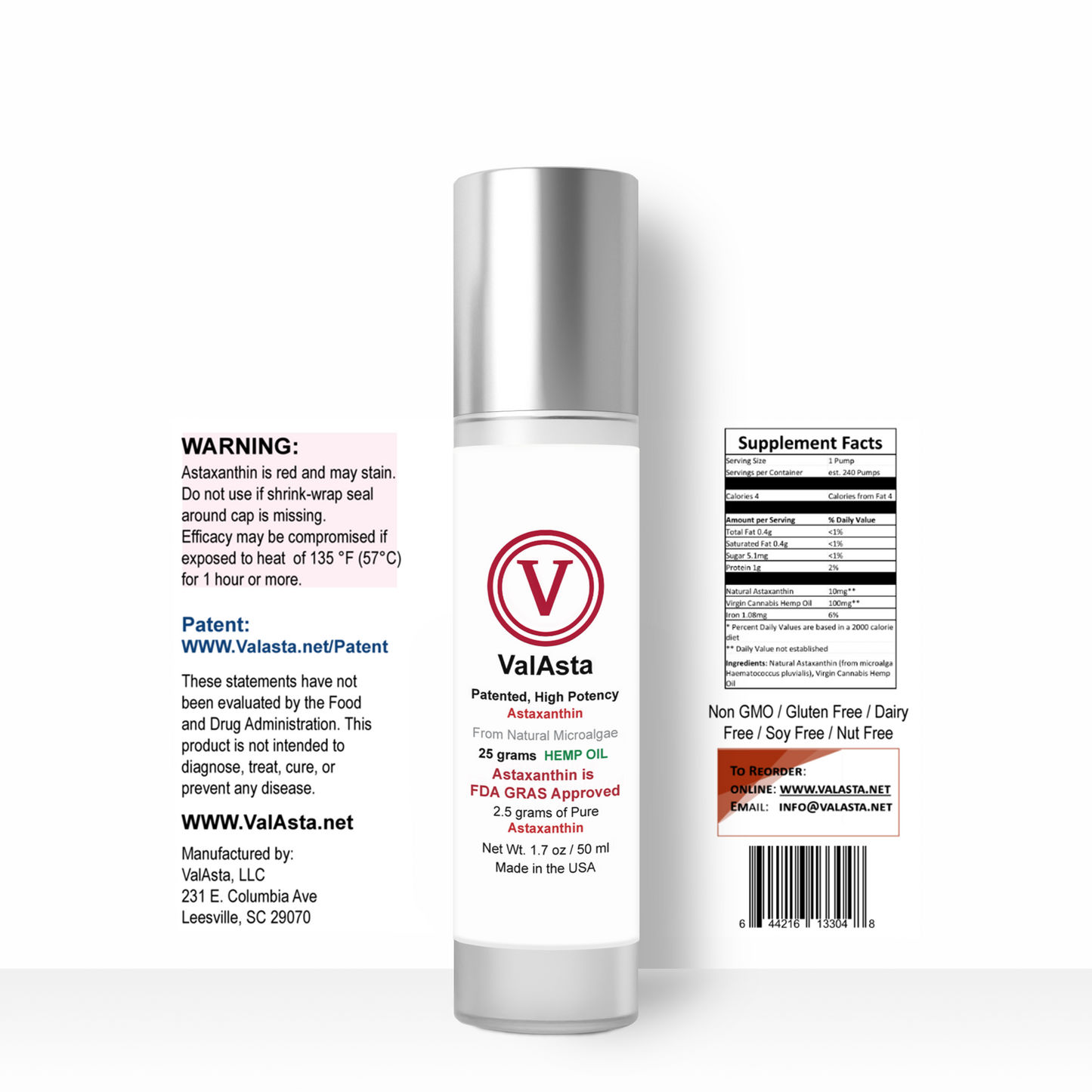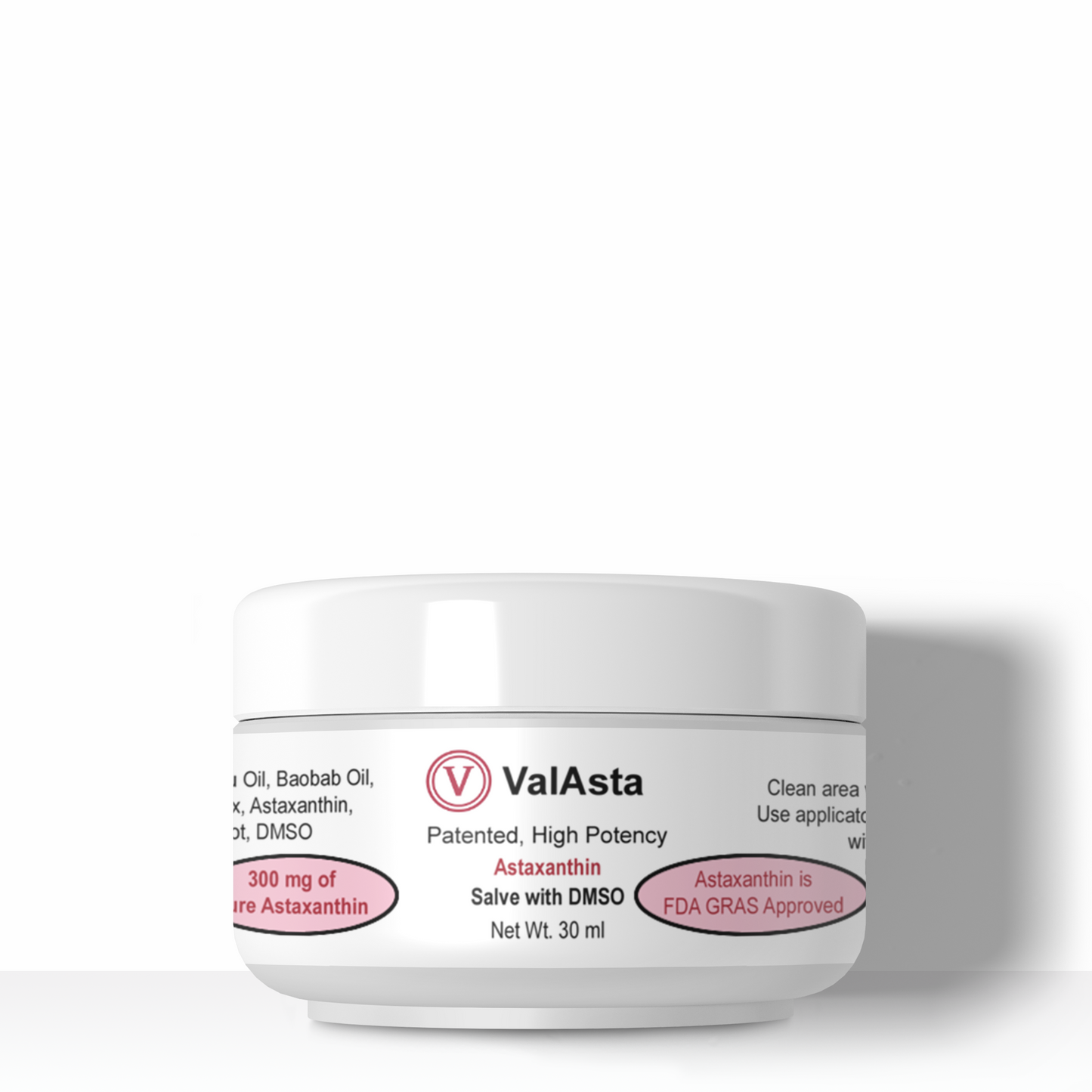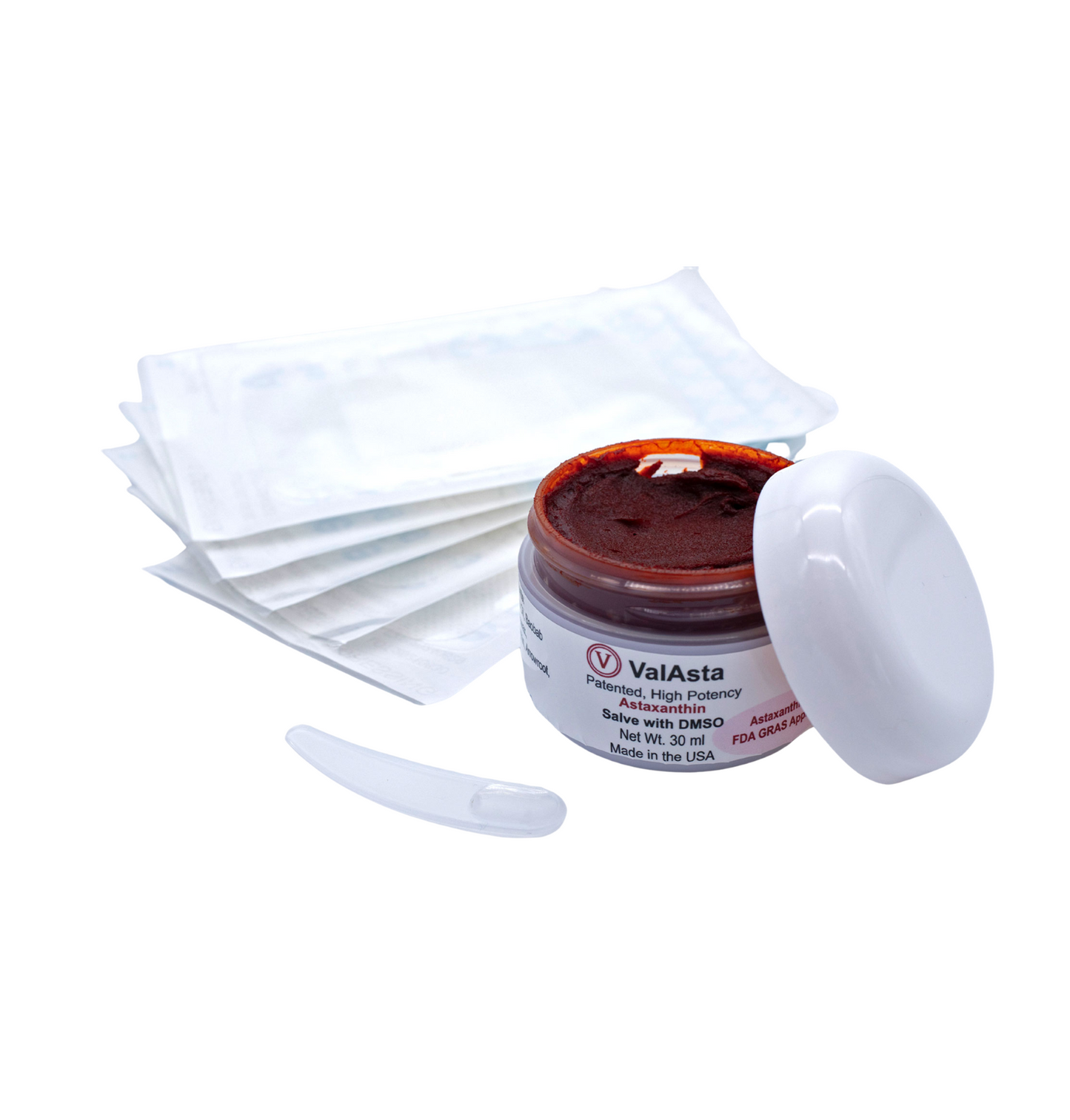
Skin cancer — the abnormal growth of skin cells — most often develops on skin exposed to the sun. But this common form of cancer can also occur on areas of your skin not ordinarily exposed to sunlight.
There are three major types of skin cancer — basal cell carcinoma, squamous cell carcinoma and melanoma.
You can reduce your risk of skin cancer by reducing the inflammation in your body. You can reduce the inflammation causing skin cancer by limiting or avoiding exposure to ultraviolet (UV) radiation.
Early detection of skin cancer gives you the greatest chance for successful skin cancer treatment. Check your skin for suspicious changes and measure your inflammation through a C-Reactive Protein test. This will reveal problems even before any changes to your skin

Melanoma signs include:
- A large brownish spot with darker speckles
- A mole that changes in color, size or feel or that bleeds
- A small lesion with an irregular border and portions that appear red, pink, white, blue, or blue-black
- A painful lesion that itches or burns
- Dark lesions on your palms, soles, fingertips, or toes, or on mucous membranes lining your mouth, nose, vagina or anus.
ValAsta / astaxanthin is a strong antioxidant and may help prevent or stop melanoma and other skin cancers.
Numerous studies have demonstrated that carotenoids, particularly β-carotene, lycopene, lutein, and astaxanthin, have photoprotective effects, not only through direct light-absorbing properties, but also through their antioxidant effects (scavenging reactive oxygen species), as well as by regulation of UV light-induced gene expression, modulation of stress-dependent signaling, and/or suppression of cellular and tissue responses like inflammation.
Click to Read: Do We Utilize Our Knowledge of the Skin Protective Effects of Carotenoids Enough?

